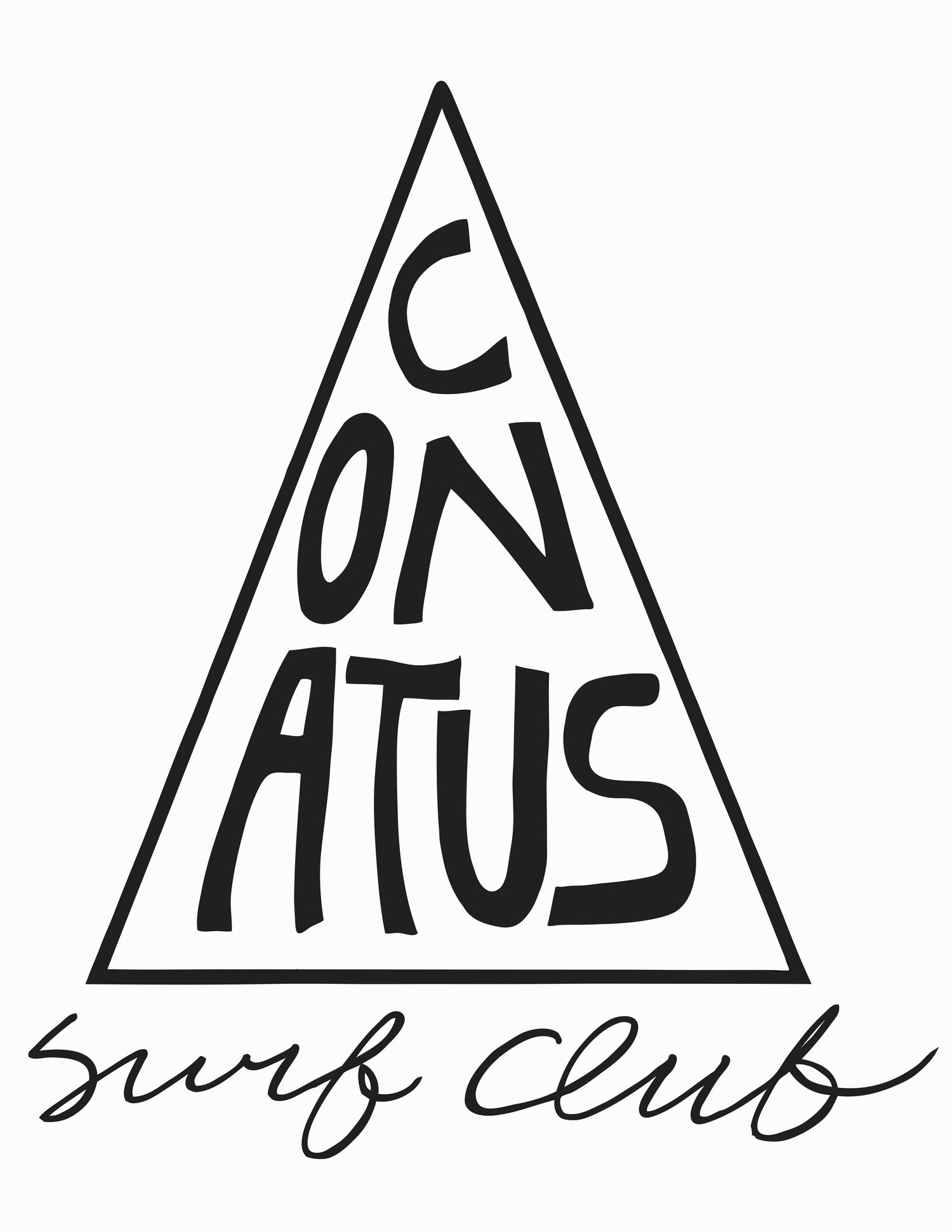This is one in a series of videos to help you improve your pop up technique in and out of the water. It works as a companion video to “Millisecond Push Up,” and is designed to help with the “milliscecond push up” before you stand that I advocate for. If you have any issues with your pop up you need this exercise in your routine!
The whole point of this at-home surf-specific exercise is to train your body to “make the space” for your legs to come under you in one fluid motion. Here’s the basic breakdown with time stamps:
00:47 Always start in your surf stance and lower down leading with your butt — this trains you to crouch properly and is added bonus of the exercise
00:54 Put your hands flat on the floor on either side of your front foot and walk back
1:14 Walk back and DON’T LET THE HIPS DROP!
1:25 Keeping your head and chest up, perform a pop up.
1:30 Side view
1:48 Further example of the space you need to create
2:00 This is a prequel and foundation for the Surf Mountain Climbers Exercise
2:10 Example of how to do them in a more rapid motion
2:36 Arms at your sides! This is important. Don’t come down with arms in front — it’s not a burpee!
2:58 Neck mobility and vision are important

